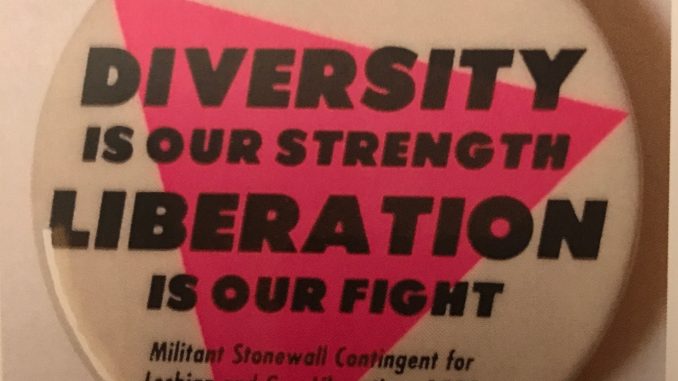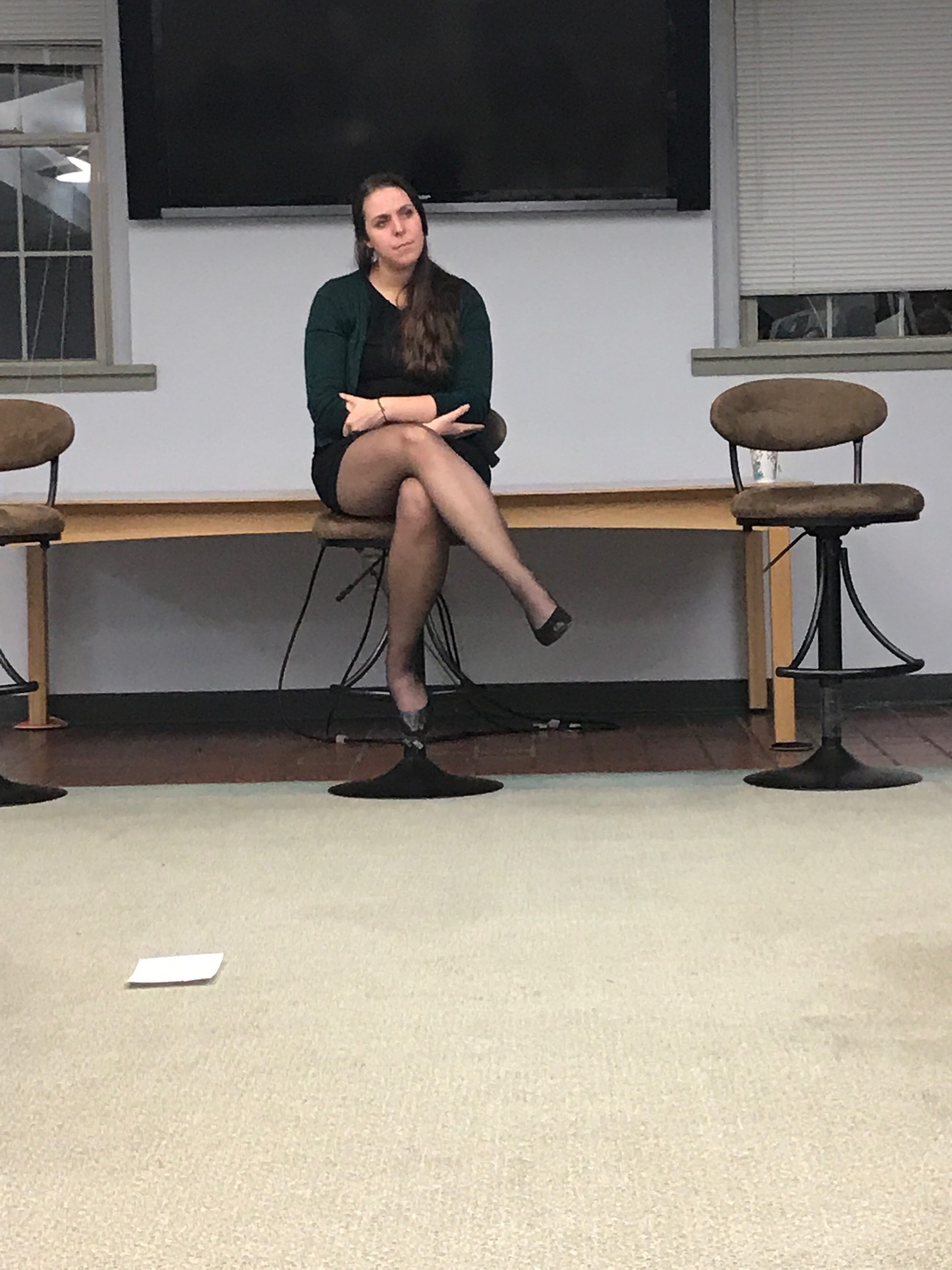
In the ongoing conversation of inclusivity, diversity and open communication between different and intersecting identities, an open discussion on exploring LGBTQIA+ communities was held at the Honors Center on Wednesday Nov. 1.
SUNY New Paltz has consistently made an effort to incorporate and discuss LGBTQIA+ issues and Wednesday’s event was no exception.
Sarah Wyman, head of the Faculty Development Center, facilitated the event which featured various voices from the New Paltz community such as communications professor Dr. Stephen DiDomenico, Dorsky Museum Educator Zachary Bowman, Diversity and Inclusion coordinator Emma Morcone and theatre major and activist Raine Grayson.

Wyman, who is also an English professor for the college, noted that the event was to “celebrate important scholarly and creative work that relates to LGBTQIA+ issues.”
“I think the event is essential for community building, for faculty to listen to student voices and have a good sense of their perspectives, in what issues are important to them and where we should be putting our energy,” Wyman said.
The intimate discussion focused on certain aspects: the body, discourse and social structures.
DiDomenico, through his research of “coming out stories,” expanded on the field of discourse, the way we signify or represent our ideas through words.
“Coming out stories are a significant genre of the study of communications,” DiDomenico said. He mentioned how sometimes these deeply personal stories are molded to fit a specific audience. A person who is expressing how they identify themselves will communicate their experience in a way that could fit the audience they are speaking to, and that is a communicational feature that impacts the lives of LGBTQIA+ members.
In regards to the body, Dorsky Museum educator Zachary Bowman discussed several artists who explore the body, whether it means re-appropriating them, showing certain bodies that are usually degraded or not displayed in major art institutions such as the bodies of people of color and other marginalized populations, like the LGBTQIA+ community.
To Bowman, artists such as Keith Haring, David Wojnarowicz, Jacolby Satterwhite, Zackary Drucker, Juliana Huxtable, Chitra Ganesh and Zanele Muholi are pivotal in exploring the depth and essence of the body. In displaying the bodies of LGBTQIA+ peoples in various ways, such as in death, intimacy or violence, these artists have created a dialogue in which people can see the main issues they face or see their true spirit, soul and reality.
As an artist herself, Grayson uses his plays and other works to convey not only the experiences he has been through, but of LGBTQIA+ members as a whole, for instance his play, “Unmasked” which shows the experience of a transgender man.
“Social activist theatre does three things: work to create change, educates the audience, and complicates what the original has been,” Grayson said.
As more awareness is being promoted throughout the nation, the discussion also touched upon bystander intervention, which was discussed by Morcone, the LGBTQIA+ coordinator for SUNY New Paltz.
Members of the audience shared their own experiences of when they intervened in a situation where someone was being harassed in some way, but other times it is hard to educate those around us who are sometimes not knowledgeable of LGBTQIA+, race and gender issues.
“These discussions belong to everyone- part of the ongoing conversation of diversity and inclusion which make a point that LGBTQIA+ issues are essential to the fabric of culture,” Wyman said.
